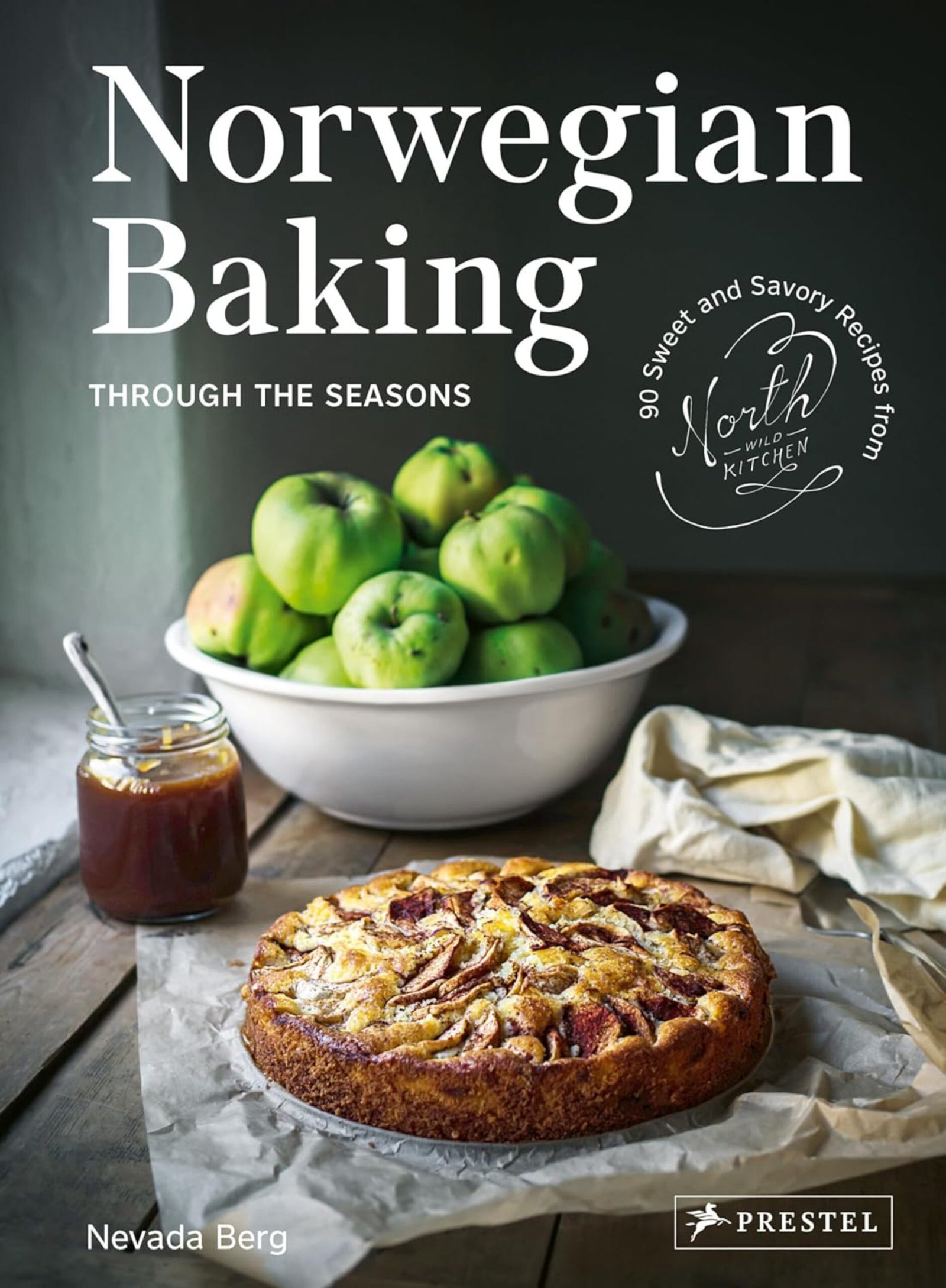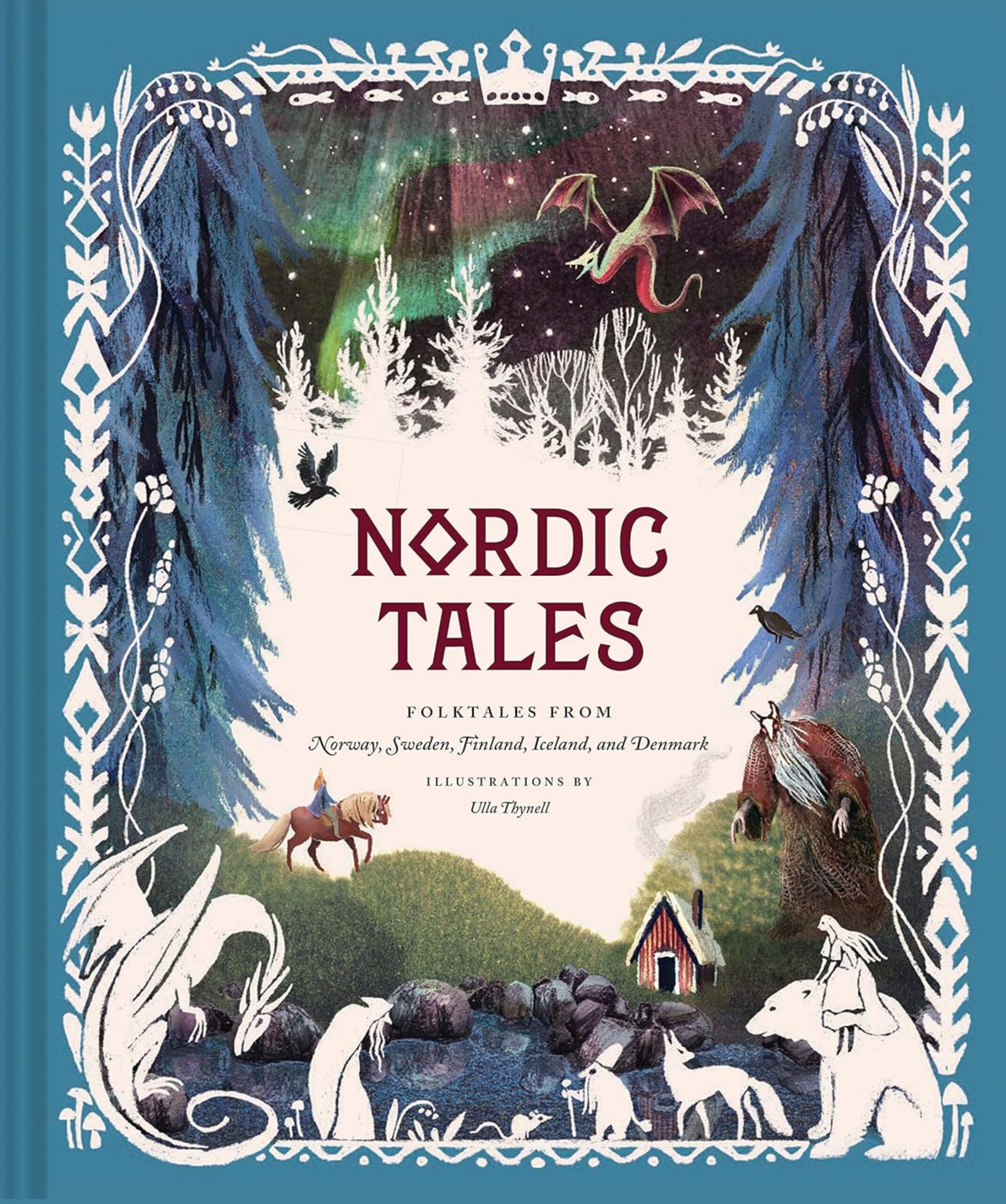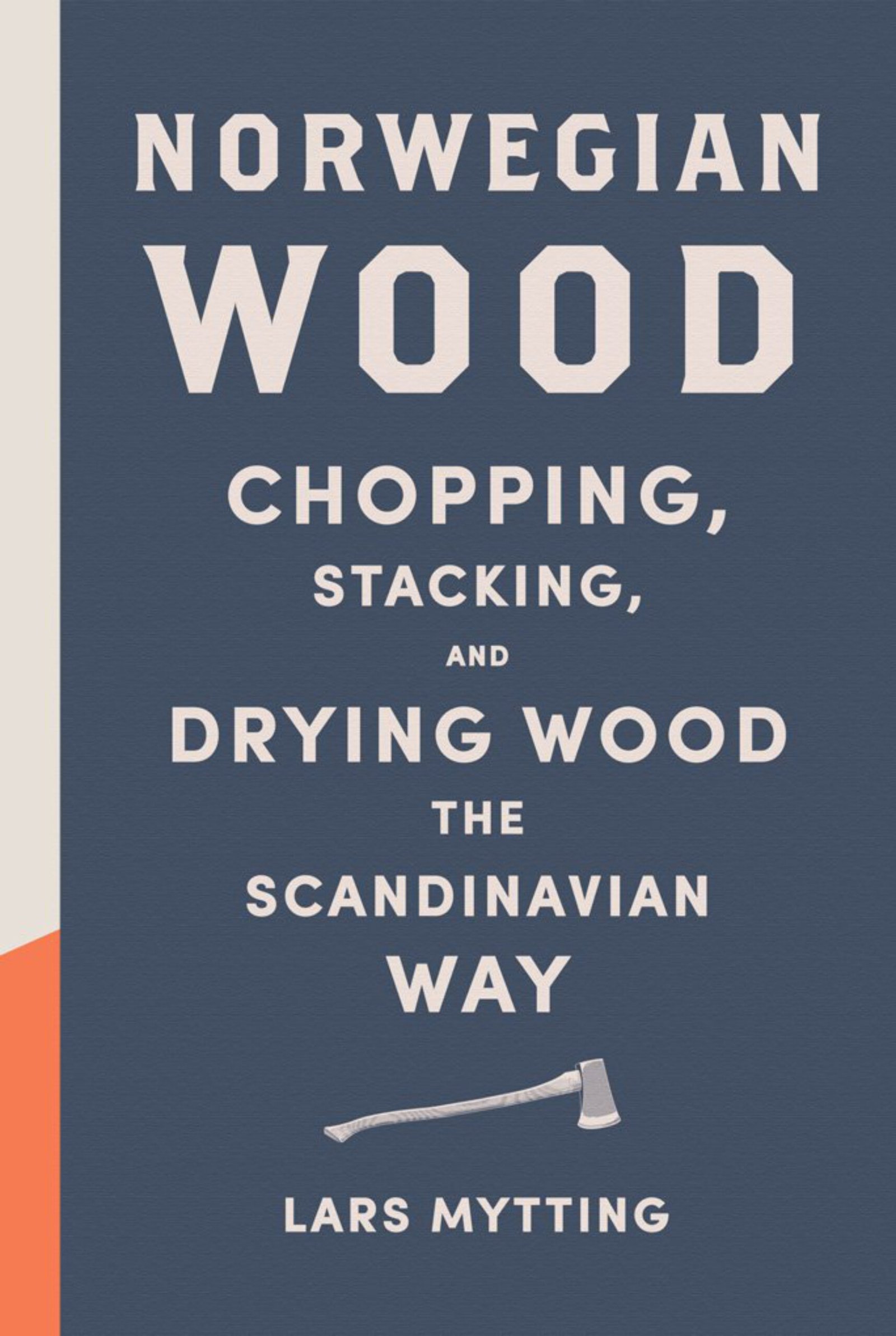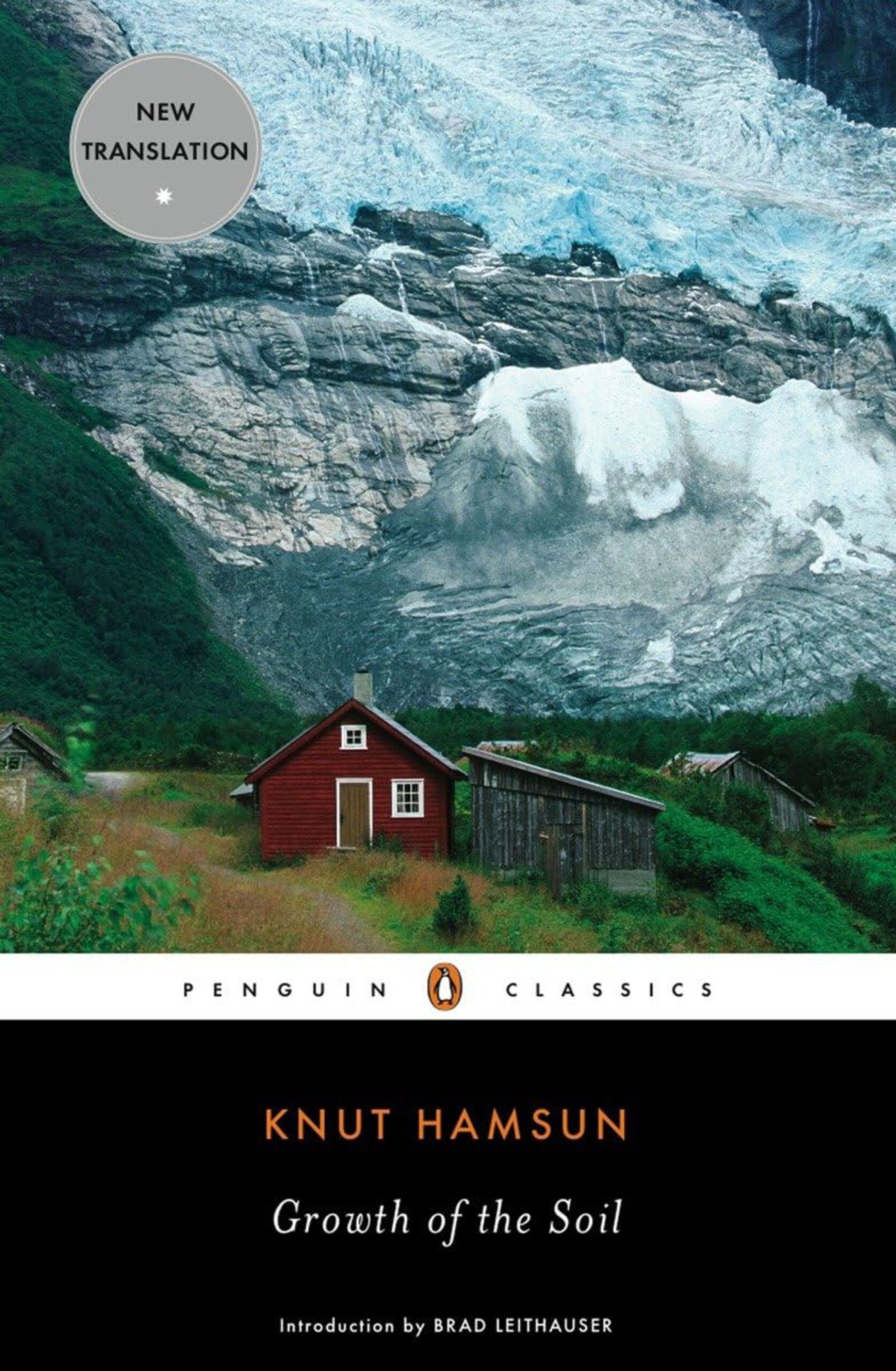Nils Ellingsgard, born in 1928 in Ål in Hallingdal, was a Norwegian authority on the art of decorative painting – rosemaling. Through his writings, we get a better understanding of this world of artistic beauty.
Norway back when
In Norway, the more widespread tradition of rose painting – rosemaling – did not take hold until well into the 1700s. Let us start by looking at Norwegian society at that time.
At the beginning of the 1700s, Norway had a population of only 500,000 – with over 90% living in rural areas.
It was a society based on the age-old ways of agriculture, fishing, gathering, and hunting – and people lived on farms or in cottages scattered across Norway’s long-stretched landscape.
In some isolated parts of Norway, it can be argued that the Middle Ages lasted well into the 1700s. People followed the ways of previous generations – both in how they worked with simple tools, and how they built their houses and lived their lives.
During the 1700s, the effects of the European industrial revolution gradually made its way to this northern outpost, with increased trade and prosperity. In the wake of progress, followed changes to people’s living conditions – and to the type of houses that people lived in.
Houses with an open fireplace
Throughout the Middle Ages – and in certain parts of Norway well into the 1700s and beyond – the typical farmhouse was a single-storey log building with no windows, a so-called årestue.
The main and often the only room had:
- An open and slightly elevated fireplace in its centre.
- An earthen or stone floor.
- A smoke vent in the roof, a ljore.
The upper part of the room was black from soot, and the only outside light came in through the smoke vent in the roof – or the main door.
The early smoke vent was made up of a transparent cow’s stomach stretched over a wooden frame – and was opened and closed using a long wooden pole.
As a result of the smoke filling the upper section of the house – before escaping through the smoke vent – there could be no second floor or attic in the main house.
The buildings were usually quite small, and the adolescent children and the servants often slept in the loft above the cowshed or in other outbuildings – no doubt a frosty experience during the coldest part of the winter.
Many of the early emigrants who left Norway for America in the 1800s would have known such buildings and people who had lived in them. The use of the årestue lasted the longest in the west-coastal parts of Norway.
Buildings built in the style of a årestue would be kept on even after new types of buildings had appeared – but were now used as a separate washhouse or cookhouse – a bryggerhus or eldhus. The traditional Norwegian farm also had many other smallish and purpose-built buildings.
Norwegian folk art – and rosemaling
As improved ways of building houses gradually emerged – now with closed fireplaces and chimneys – and with more rooms and floors – new ways of decorating rooms and objects also developed.
The walls were painted – or adorned by woodcarvings or textiles. The rooms were also filled with painted objects
Historically, colourful woven fabrics had been displayed on walls during festive periods. Compared to the art of woodcarving and textile art, rosemaling is a much younger art form, at least on a larger scale.
Norwegian rose painting had its first golden age between the mid-1700s and the mid-1800s, very much influenced by art forms coming from further south on the European continent.
As the home crafts movement took hold in the early 1900s, the art of rose painting had a renewed and second renaissance.
Rose painting has a solid grip of the Norwegian psyche even today. Despite not being as ancient as people might think, rose painting is very much a symbol of the old world, the old Norwegian farming society.
Why roses?
There is no absolute conclusion on the origin of the term rose painting – rosemaling – but it is believed to stem from the bloom of the same name. The rose is a key motif in many of the many beautifully decorated artefacts from this period.
However, in many of the Norwegian dialects, words like rosut, rosete, or rosa mean decorative or decorated. A rosut cow, for example, would be a cow with spots in different colours.
Rose painting is by no means a typical Norwegian art form. In most European countries, the rural communities would paint objects and the inside of their homes.
The origins of the motifs often stem from the central cultural hubs of Europe, but the local variations flourished – and very much so throughout the often relatively isolated rural communities of Norway.
Because of a scattered population – and long distances between the communities – a wealth of variations can be found from that first 100-years-wave of this art form.
Decorative art prior to the 1700s
Decorative painting was by no means a brand-new art form, even in a Norwegian historical context. After Norway had been Christianised, at the turn of the first millennium, decorative painting could be found in the Catholic churches throughout the Middle Ages, depicting religious scenes.
After a temporary setback following Denmark-Norway’s Protestant Reformation in the 1530s, decorative painting in churches gradually regained its popularity throughout the 1600s and onwards.
Painted objects could be found in private homes also prior to the 1700s, but not to any great extent. In earlier times, the paint was expensive and not so easily obtained by the ordinary classes.
As the industrial revolution gradually took hold, so did the mass production of paint – which made it more accessible.
It started in the south-east
The first Norwegian wave of local rose painting started in the south-eastern parts of the country. But even here, very few examples of a fully decorated interior of a room can be found dated prior to 1750.
Only towards the end of the 1700s, and at the beginning of the 1800s, did it become common to decorate walls and ceilings.
Local painters and styles gradually developed, and many of the skilled painters travelled across the country and brought their very own style with them. In many places, the methods used when painting can tell us a lot about from where in Norway the painter came from.
The early rose painters were seen more like craftsmen than artists. Very often they would have other skills, like carpentry and woodcarving.
The rose painter could usually both read and write and would often play a role in spreading knowledge through their art.
Rose painting can be found in most parts of Norway, but the intensity varied a lot from district to district. The influence was the strongest from the region of Trøndelag, down the south-eastern part of Norway, around the southern tip of the country, and up along the coast to the regions of Rogaland and Hordaland.
Further north along Norway’s western coastline, the art form was a lot more limited. Here, we mainly find decorated objects like chests, cabinets and drinking bowls. One reason for this may have been the fact that the årestue house type was in use much longer in this part of the country. The few rooms that were decorated were guest rooms with no fireplace.
In the northern parts of Norway, the art of rose painting was even more limited.
The emigrants
Throughout the second half of the 1800s and the early 1900s, close to 1 million Norwegians emigrated from Norway to the new world of North America. The many emigrants brought with them many objects with the most beautiful decorations.
Large rose painted chests were symbols of great pride and of cultural wealth.
The beautifully decorated objects provided a great connection to the past, and to the people and the world that they had left behind. Many of the emigrants would never see their homeland again.
For many descendants of Norwegian emigrants, such old and decorated objects – which have been passed on as heirlooms from generation to generation – are valued symbols of beloved family members – and tangible artefacts linking them to the culture from where their people once came.
Many of the skilled rose painters also left the old country and travelled across the ocean. With them, they brought the art of rosemaling – and many continued their work in the new world.
Per Lysne (1880-1947) is deemed to be the father of Norwegian rose painting in America. He was born in Lærdal, Sogn og Fjordane – and emigrated to Stoughton, Wisconsin, in 1907. Finding himself out of work during the great depression, he started painting objects on a larger scale and managed to make a living out of it for himself and his family.
The third wave
From 1950 onwards, there has been a third wave of interest in rosemaling and its beautiful colours and motifs. Painting courses have been organised – on both sides of the Atlantic Ocean – and many people have found an artistic outlet through this art form.
Whether the traditions of rose painting – rosemaling – will continue to bloom is difficult to predict, but the many surviving objects will stay on and give joy to future generations for centuries to come. Objects that are symbols of a common history – and the many people who created them.
Nils Ellingsgard books published in English:
- Norwegian rose painting. Det Norske Samlaget, 1988. ISBN 82-521-3143-3.
- Norwegian rose painting in America: what the immigrants brought. Scandinavian University Press, 1993 ISBN 82-00-21861-9.
Source: Ellingsgard, Nils. Norsk rosemåling – Dekorativ måling i folkekunsten. Det Norske Samlaget 1999. | EGP.00080





